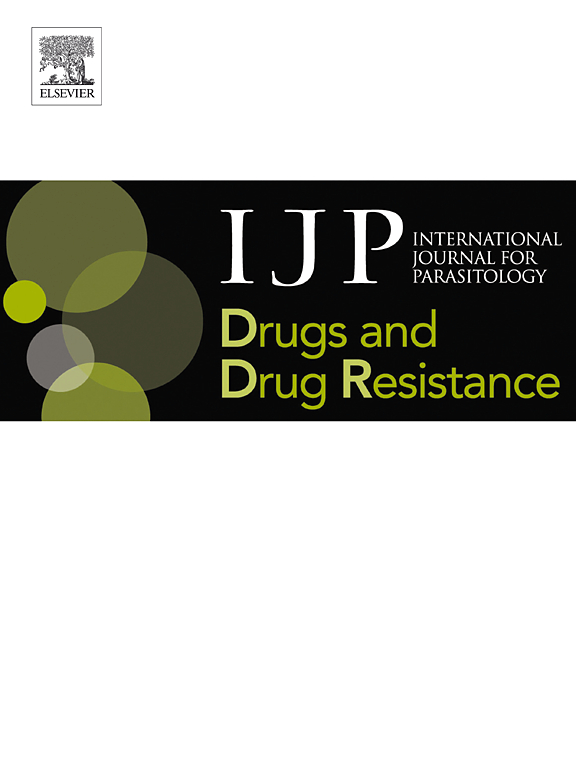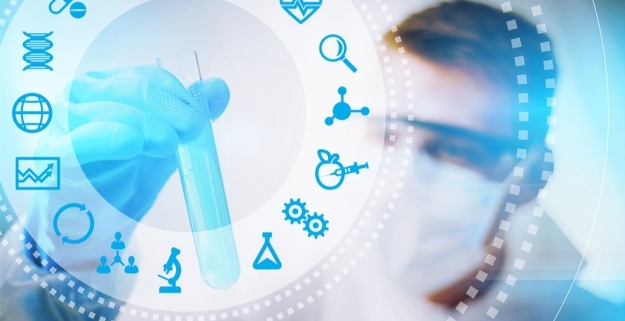Research
Research
Chemical reactions generally take place through short range (often subnanometric) interactions.This is the Reaction Dynamics territory, our working field. Until recently our group focused on the study of tri-tetra-atomic systems reacting on a single potential energy surface. In the last decade we have expanded our scope to study different kinds of chemical systems, from the structure of ultracold molecules (that could be used to implement qubits) to protein systems where we study the mechanism followed by enzymes to efficiently catalyze chemical reactions.
Our main research lines are
Since molecular oxygen is a triplet in its electronic ground state and most organic molecules haveno unpaired-electrons, enzymatic reactions with O2 involve changes in the spin state of the system (intersystem crossing).
This process is forbidden in non-relativistic quantum theory, and accordingly should be very slow at room temperature.
We study the main strategies use by enzymes to catalyze reactions involving O2 without the presence of metal cofactors by combining multireference methods with QM/MM calculations.

Recommended bibliography:
Recommended bibliography:
P. Ortega et al. DpgC-Catalyzed Peroxidation of DPA-CoA:
In collaboration with the experimental groups of Dr. M-A Castro and Dr. D. Díez (at USAL), we carry out Molecular Dynamics (MD) and virtual screening simulations to understand the mechanism of action of known inhibitors, and to propose new leads that could have enhanced pharmacologic activity.
Following the COVID-19 outbreak, we have intensified our previous collaboration with Dr. M-A Castro and Dr. D. Díez, and R. Suardiaz (UCM) with the aim of proposing new leads that could be used to treat COVID-19.

Recommended bibliography:
P. Ortega et al. DpgC-Catalyzed Peroxidation of DPA-CoA:
IJP: Drugs and Drug Resistance.11, 70 (2019).
One of the main goals of reaction dynamics is to achieve a large degree of control of the outcome of any chemical event. Ideally, to set up an experiment where you select the relative geometry and the energy of the incoming reactants in such a way that maximizes the cross-section of the desired reaction whilst minimizing it for any other side-reaction.
To perform such experiment, it is necessary a complete knowledge of all competing dynamical mechanisms.
To achieve this task, we study the stereodynamics of gas-phase collisions, in close collaboration with our overlords of the Chemical Reaction Dynamics and Femtochemistry group at UCM.
Our results have shed light onto the role of quantum effects such as interference and resonances, and how we can control them to ontrol the reactivity.
On the same topic, we have also developed a generalized deflection function that allow us to disentangle the competing collision echanisms from our Quantum Scattering calculations.
On this research line, we have also collaborated with outstanding experimental groups overseas.
In particular with Mark Brouard’s group (Oxford University)
Recommended bibliography:
C. G. Heid et al.
Nat. Chem.11, 662 (2019)
——————————–
Chem. Sci.9, 4837 (2018)
——————————–
P.G. Jambrina et al.
Nat. Chem.7, 661 (2015).
Copyright © 2020. - www.dinmol-usal.es - Todos los derechos reservados



